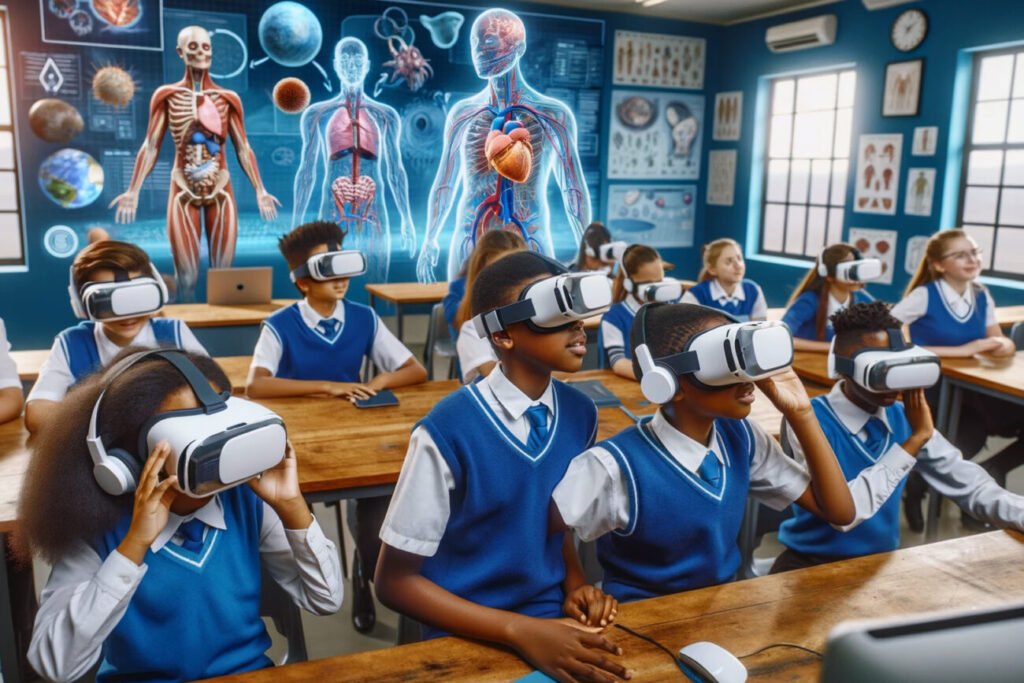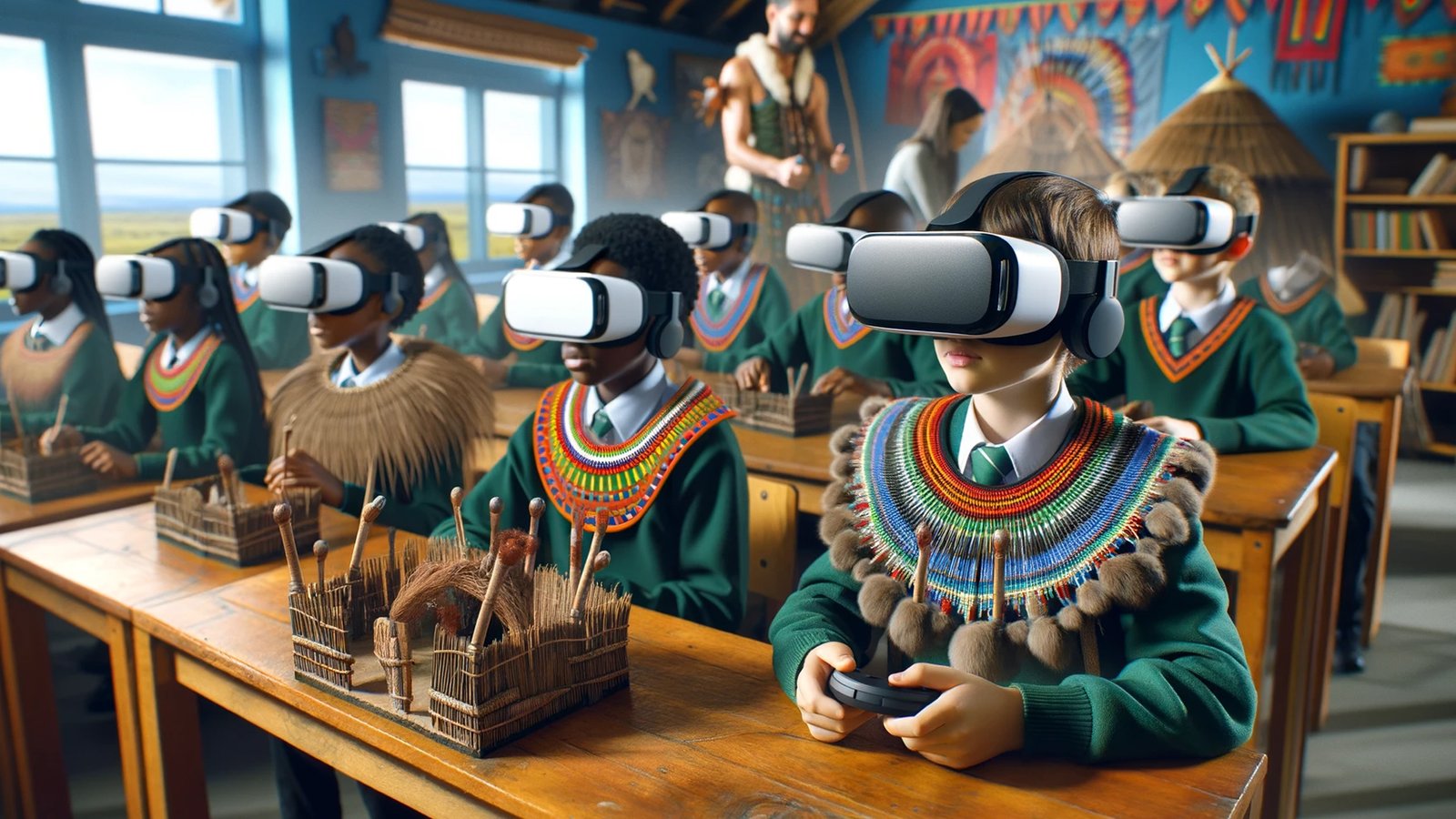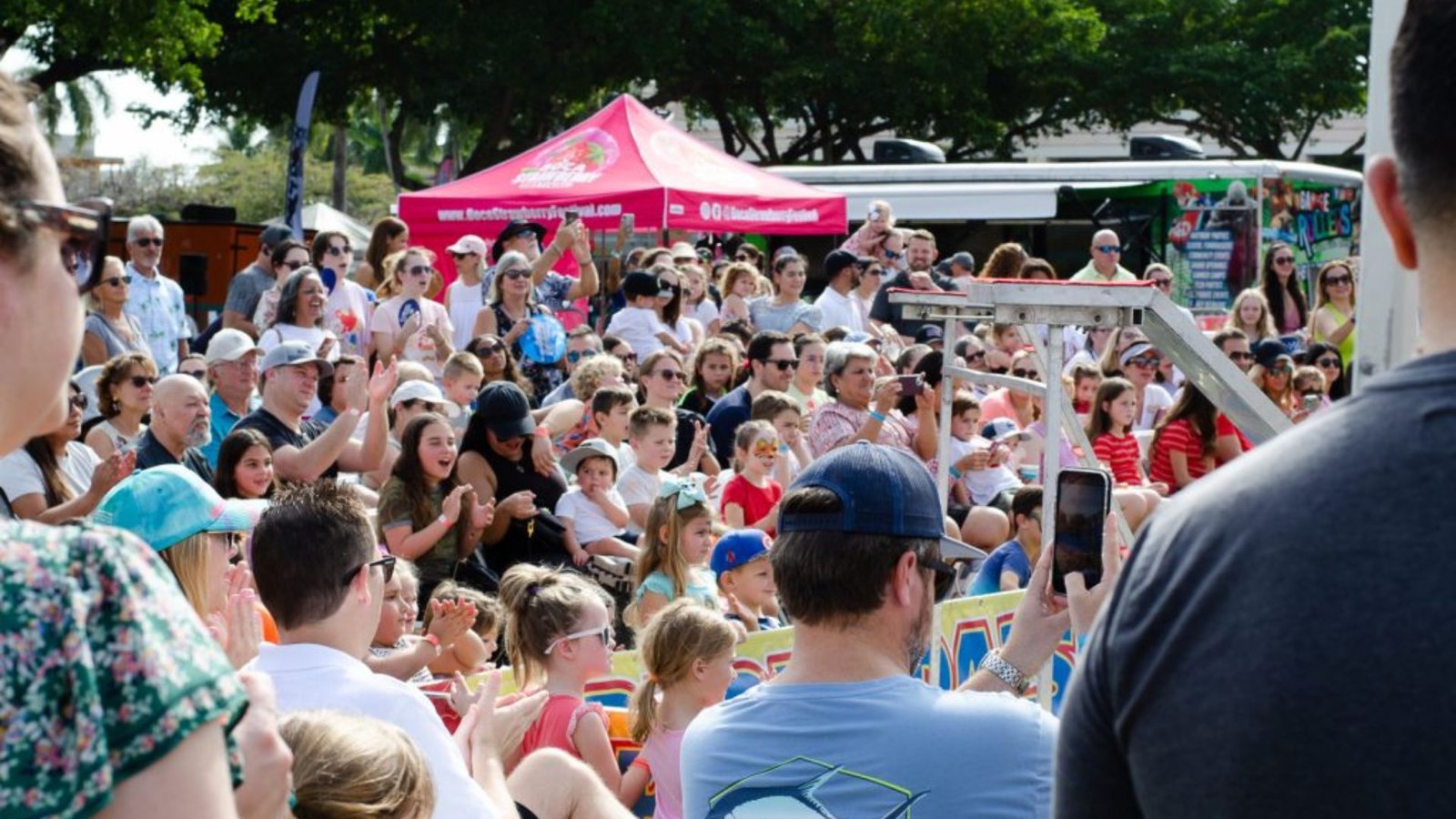Virtual cultural experiences have seen remarkable evolution in recent years, transforming how we engage with art, history, and global traditions. From immersive digital tours to interactive exhibits, technology is reshaping the way we experience and appreciate diverse cultures. Let’s delve into how virtual cultural experiences are evolving and what this means for the future of cultural engagement.
The Rise of Virtual Reality in Cultural Experiences
Virtual reality (VR) has revolutionized how we interact with cultural content. By creating immersive environments, VR allows users to experience cultures in ways previously unimaginable.
Immersive Tours and Exhibits
One significant advancement is the development of VR tours and exhibits. For instance, VR can transport users to historical sites, ancient ruins, or renowned museums from the comfort of their homes. These virtual tours offer a sense of presence and engagement that traditional media cannot match. You can explore the Louvre in Paris or walk through ancient Rome, all without leaving your living room.
Enhanced Interactive Elements
Beyond passive viewing, VR enables interactive experiences. Users can engage with artifacts, attend live virtual events, or participate in cultural rituals. This interactivity not only makes learning more engaging but also provides a deeper understanding of the culture being explored. For example, VR might allow users to participate in a traditional dance or craft session, offering a hands-on experience that enhances cultural appreciation.

The Role of Augmented Reality in Cultural Engagement
Augmented reality (AR) is another technology that is making waves in the cultural sector. Unlike VR, which creates entirely new environments, AR overlays digital elements onto the real world, enriching physical experiences.
Interactive Museum Exhibits
AR is being increasingly used in museums to enhance exhibits. By scanning QR codes or using AR apps, visitors can access additional information, 3D models, or multimedia content related to the exhibits. This added layer of information helps to bring artifacts to life and provides a richer, more engaging educational experience.
Cultural Landmark Enhancements
AR also enhances experiences at cultural landmarks. For instance, AR apps can provide historical context, virtual reconstructions, or interactive guides when visiting historical sites. This technology allows visitors to see how a landmark looked in its prime or learn about significant historical events that took place at the site.
The Growth of Online Cultural Festivals and Events
The shift to digital platforms has led to the rise of online cultural festivals and events. These virtual gatherings allow people from around the world to participate in cultural celebrations without geographical constraints.
Global Reach and Accessibility
Online cultural festivals offer unprecedented access to global events. Whether it’s a music festival, art exhibition, or traditional celebration, people from diverse locations can join in. This global reach helps to bridge cultural gaps and fosters a greater appreciation for different traditions and practices.
Interactive Features and Networking
Virtual events often include interactive features such as live streams, chat rooms, and virtual meet-and-greets. These elements facilitate networking and interaction among participants, creating a sense of community and connection despite physical distance. Attendees can engage with performers, artists, and other participants, enriching the overall experience.
The Impact on Cultural Preservation and Education
Virtual cultural experiences are also playing a crucial role in cultural preservation and education. By digitizing and sharing cultural content, these experiences help to safeguard cultural heritage and promote education.
Digital Archiving and Preservation
Digitizing cultural artifacts and practices ensures their preservation for future generations. Virtual archives and databases provide access to rare and fragile items that might otherwise be lost or inaccessible. This digital preservation effort supports ongoing research and education while protecting valuable cultural heritage.
Educational Resources and Learning Opportunities
Virtual experiences also serve as educational resources. Online platforms offer courses, workshops, and interactive content that educate users about different cultures. These resources make cultural education more accessible and engaging, providing valuable learning opportunities for people of all ages.
Conclusion
The evolution of virtual cultural experiences is transforming how we connect with and appreciate diverse cultures. With advancements in VR and AR, along with the rise of online festivals and digital archiving, technology is expanding the possibilities for cultural engagement. These innovations not only make cultural experiences more accessible and interactive but also play a vital role in preserving and educating about cultural heritage. As technology continues to advance, we can expect even more exciting developments in how we experience and appreciate the rich tapestry of global cultures.




